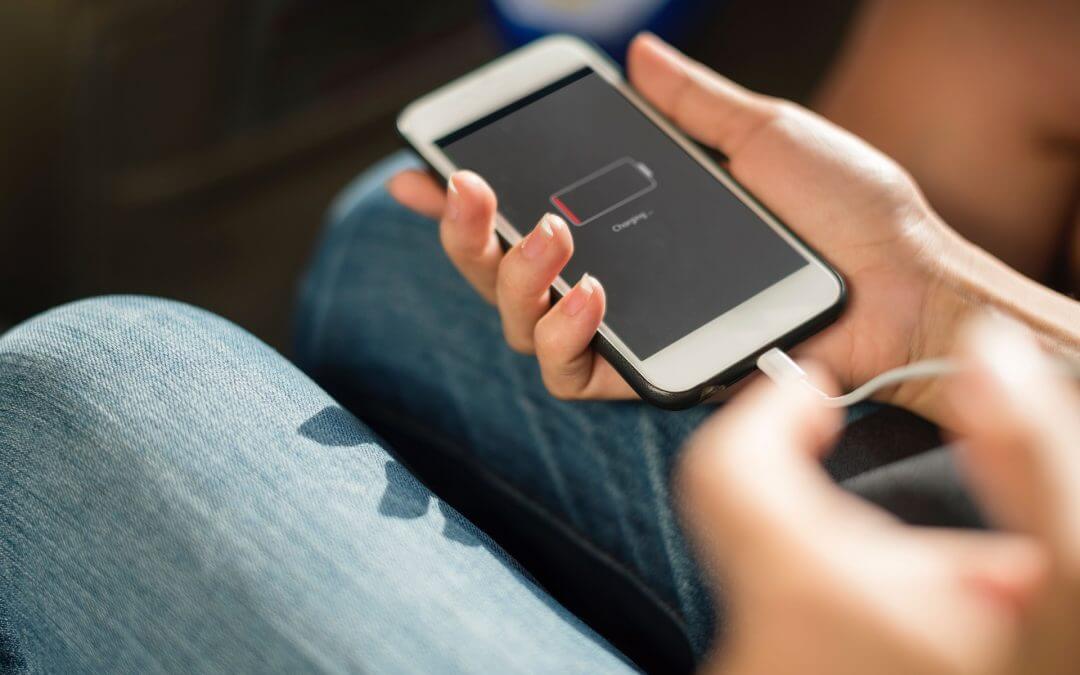In an unsuspecting turn of events, hackers have figured out a new way to get into your device: from the outside. In a process known as “Juice Jacking”, thieves are now using portable batteries, USB cables, and public charging ports to “infect” whatever electronics they’re plugged into. They’re most frequently found in places like airports, hotels, and free charging kiosks.
How does it work? As you may already know, USB cables do more than just charge your phone: they also transfer data–such as photos, files, and auto-saved information (like passwords to your banking app). Hackers take advantage of this function by replacing publicly provided cables with their cables, generously allowing themselves access to your phones and laptops–along with all your sensitive data.
There are two ways to prevent this from happening. While they certainly are convenient, it may be wise to avoid using public charging stations until extra precautions are taken to secure them. Should a full battery be your top priority, inexpensive portable chargers are available almost everywhere (just make sure you’re buying them new). The second way is using a USB data blocking attachment. You can buy them on amazon or in most electronic stores.

Recent Comments